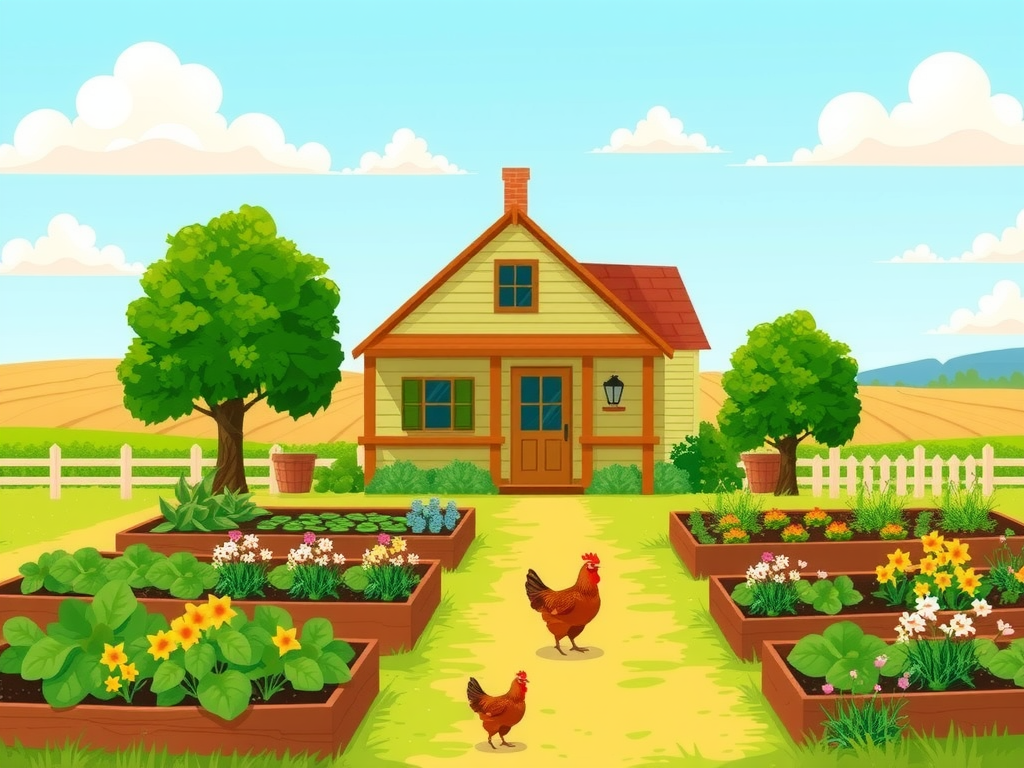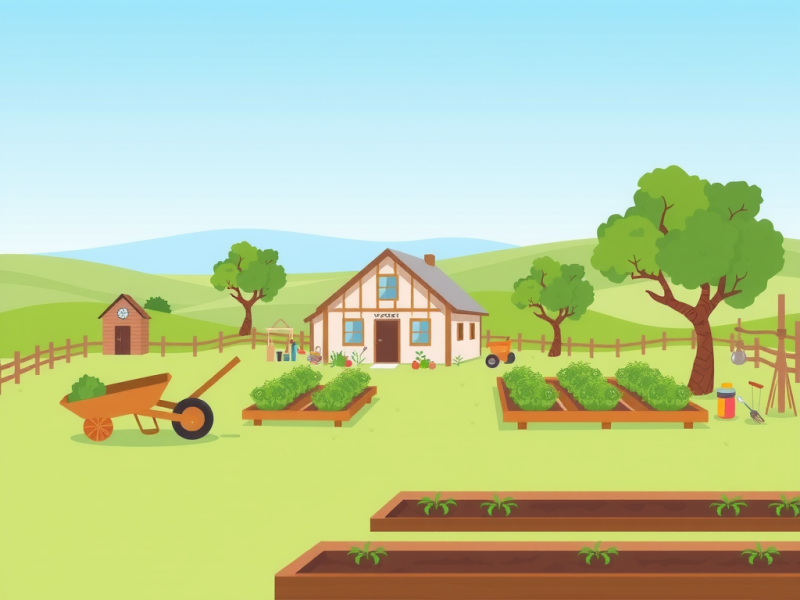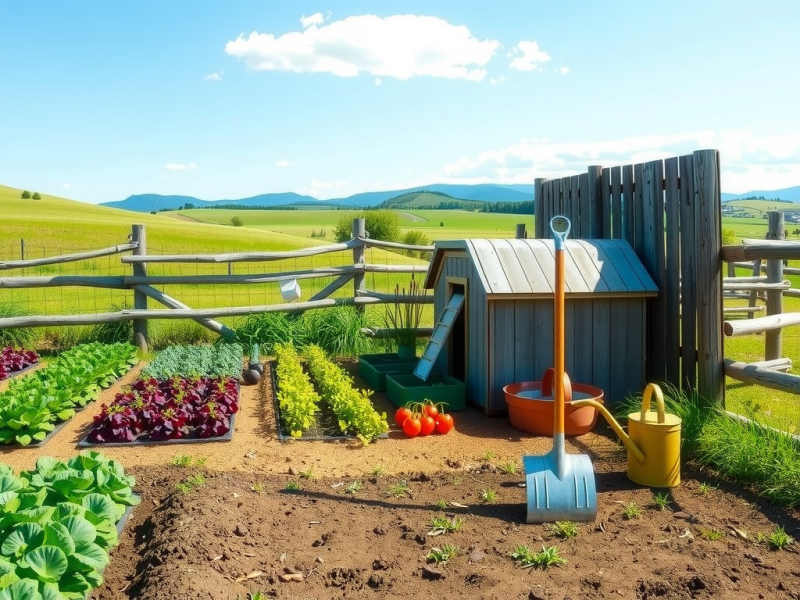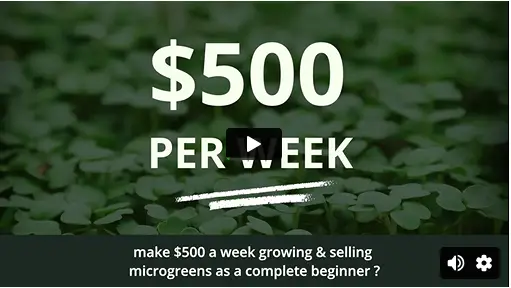Imagine stepping into a life where you grow your own food while embracing self-sufficiency.
Homesteading opens up a world of rewarding possibilities! This lifestyle not only fosters intentional living but also enhances your sustainability practices.
You might think it’s only for those in rural areas, but urban dwellers can thrive too.
Embracing organic gardening or raising small livestock can transform your environment into a productive oasis.
It’s all about making the most of what you have, nurturing your community, and experiencing the joy of creating your own homestead journey.
Getting Started With Homestead Planning
Embarking on your homesteading adventure requires some solid groundwork. Effective site selection is key for reaching your self-sufficiency goals.
Here are some crucial aspects to consider:.
- Sunlight: Assess how much sun your plants will get.
- Soil Quality: Test your soil to know what amendments might be needed.
- Water Accessibility: Ensure you have a reliable water source for your plants and animals.
By managing your resources like seeds and gardening tools, you can set yourself up for sustainable living. Don’t hesitate to repurpose materials and minimize waste! A handy tip is to prioritize projects based on seasonal changes: plan your garden for spring and food preservation tasks for summer’s bountiful harvests. This approach ensures you maximize productivity throughout the year!
Consider starting small with a few garden beds or even a couple of chickens. Kick off your journey by focusing on essential skills like composting, water conservation, and food preservation techniques. Each step will bring you closer to a fulfilling homesteading lifestyle.

What Are The Basics Of Organic Gardening
Diving into organic gardening is an exciting leap towards sustainable living. Soil health forms the foundation of your garden; enriching it leads to vigorous plant growth.
Composting turns kitchen scraps into nutrient-rich soil, while mulching helps conserve moisture and keep those pesky weeds at bay.
Pest management aligns beautifully with organic gardening practices; using companion planting establishes a natural balance.
For example, think about planting marigolds alongside your tomatoes to ward off unwanted pests! Introducing natural predators like ladybugs reduces pest populations without resorting to chemicals.
For those just starting this fulfilling hobby, opting for easy-to-grow crops can help boost your confidence.
Here are a couple of great choices:
- Radishes – They sprout quickly and are ideal for newbies.
- Lettuce – Easy to grow and can be harvested multiple times!
Focusing on these gardening basics will set a solid path for your organic adventure!
How To Care For Small Livestock
Introducing small livestock into your homesteading journey can be profoundly rewarding. Grasping their basic needs is essential for creating a thriving environment. Start by providing appropriate shelter to keep them safe from harsh weather and potential predators. Next, establish a balanced feeding routine tailored to your livestock’s requirements. For instance, chickens relish a combination of grains and greens!
Health care plays a significant role; regular check-ups can help identify issues early. Don’t hesitate to consult a vet regarding necessary vaccinations to keep your animals in top shape. For beginners, raising chickens is a fantastic option, as they are relatively low-maintenance and provide the bonus of fresh eggs. Plus, they play a role in natural pest control right in your garden!
By focusing on these aspects of livestock care, you’ll cultivate a successful and sustainable homestead.
- Healthy soil is crucial for plant growth and can be achieved through composting and mulching.
- Companion planting not only enhances biodiversity but also naturally controls pests.
- Chickens can help reduce pests in the garden while providing fresh eggs and requiring minimal care.
- Regular health check-ups for livestock ensure early detection of potential health issues.
Essential DIY Projects For Beginners
Starting your journey in homesteading can be incredibly rewarding! DIY projects significantly enhance your self-sufficiency and sustainable living, offering fun ways to engage with your environment. One great project for beginners is to create a raised garden bed.
This simple endeavor not only beautifies your space but also allows you to grow fresh produce right at home.
To build one, gather materials like untreated wood, soil, and seedlings.
Another fantastic option is setting up a compost bin, which helps reduce waste while enriching your garden’s soil.
Embrace the joy of creating practical projects that nurture your connection to the earth!
Building Your First Raised Garden Bed
Building a raised garden bed provides an excellent introduction to organic gardening.
Start by choosing a sunny spot in your yard. Outline your desired dimensions and gather some wooden boards to create a rectangular frame.
Once your frame is assembled, fill it with a mix of quality soil and compost for healthy plants.
This project not only improves soil health but also makes gardening easier on your back!
Composting to Enrich Your Soil
Setting up a compost bin is a fantastic way to practice sustainability practices.
You can create a simple compost pile with kitchen scraps like vegetable peels, egg shells, and yard waste. As these materials break down, they produce rich compost that acts as a natural fertilizer.
This reduces your household waste while enhancing your garden’s productivity.
Food Preservation Methods
Mastering food preservation is essential for anyone looking to live sustainably and embrace self-sufficiency.
Techniques such as canning methods can help you significantly reduce food waste while maximizing the enjoyment of your home-grown produce. Begin with simple techniques, including making delicious jams or pickling vegetables.
Use glass jars and follow safety procedures to ensure your food stays safe and tasty.
Remember, freezing and dehydrating foods are also fantastic ways to extend the shelf life of your harvests.
Canning Techniques to Consider
Canning is a great way to preserve excess fruits and vegetables.
Start with high-acid foods, like tomatoes or pickles, which are easier for beginners. Ensure you have the right equipment, including a canner and jars.
Following proper safety procedures is crucial to avoid spoilage.
Once you’re familiar with basic canning, you can experiment with more complex recipes!
Exploring Freezing and Dehydrating
Freezing is another simple preservation method that allows you to keep the freshness of your food. Just wash, chop, and store your fruits and vegetables in freezer-safe bags.
Meanwhile, dehydrating foods involves removing moisture to prevent spoilage.
Exposing food to air in a dehydrator or oven can create healthy snacks like dried fruits or jerky.
These methods not only enhance your ability to reduce waste but also support the principles of homesteading.
DIY Projects and Food Preservation
- Raised garden beds can increase vegetable yields by up to 20% compared to traditional gardens.
- Composting can reduce household waste by 30% and enrich garden soil with essential nutrients.
- Canning can extend the shelf life of fruits and vegetables for up to a year or more when done correctly.
- Freezing food can preserve its nutritional value, with most fruits and vegetables retaining 85-99% of their nutrients when frozen at peak ripeness.




